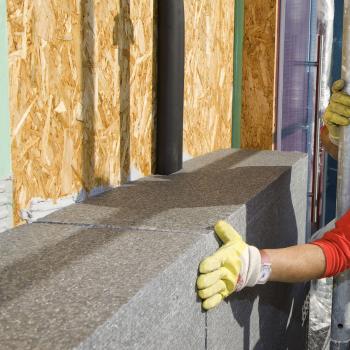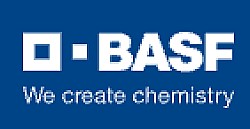08-20-2024

Learning Objectives
1. Learn what are the drivers for reducing Embodied and Operational carbon in buildings and how do we measure carbon in building materials.
2. Using GPS insulation as a base case, explain how do sustainable raw materials e.g., recycled, renewable and biomass, contribute to reducing embodied carbon.
3. Define what is the corollary between the density of rigid foam insulation and embodied carbon e.g., less material equals less carbon.
4. Explain what are the available tools e.g., calculators and design software, that compare embodied and operational carbon of similar building materials.
Comments
Informative course
Lloydgood
YingyingGreat info.
FaisalLove the energy of the presentation. Great seminar
Ryanlots of information
JulioNice Tricky 80% passing
Alexmind-numbing
Claytonthanks
AbbieGreat presentation
AbundancioGreat presentation
AbundancioThank you
EmadThe narrator needs to regulate the volume of his voice better.
Robertfairly technical
VanessaNot the most clear presentation I've ever seen. Good information, but important data kind of got buried, or was only included verbally.
ElizabethIf you can find the answer to question #1 in the presentation and let me know I would be grateful.
ToddGreat topic, must see for all involved in the building industry
RicardoThanks for providing. Very informative
AmirIt was very informative course. Thank you!
NedaInteresting
JDNot the most clear presentation I have seen.
OttoGREAT
Ramona VeneraInformative
Georgegreat topic. thanks.
DAVOUDgreat information well shown
michaelok
DarwinKristy
Tuff one
Stephengood cource
BRANKOGreat presentation.
Katrinadon't agree with your premise of climate change
STEPHENExcellent Subject
Course was definately informative, but the content was overwhelmning and delivered in a manner that was confusing. Example stories were nice, but often departed from what the content being covered focued on. Quiz was difficult as several of the questions were not covered in teh presentation.
CharlesThank you!
Karlagood!
MichaelVery informative !
SarahGreat presentation and information, but a tricky quiz!
GwendolynThe presentation was great in wanting to give a lot of important information, but the facts presented do not match up to the questions and answers.
DougGreat presentation!. You're a very engaging narrator. Great topic!
DonMore info on how graphite is used and processed please.
JamesThank you!
MohsenGreat
Davidgood information.
Bahramthx
RyanGreat
Timgood technical content
AkhileshGreat presentation
SaulDifficult to follow presenter.
RohitThank you for the information and education this platform provides in reminding and informing people about the role of carbon in today's human activities
AmirThank you for the information and education this platform provides in reminding and informing people about the role of carbon in today's human activities
AmirCovered a LOT of information.
VicGood Lunch
AlbertEmbodied Carbon with Biomass Renewable Graphite Polystyrene Insulation
FREE
This course examines the value of using graphite polystyrene from a lifecycle perspective as a carbon reduction strategy. Participants will learn about how the integration of biomass and recycled content contributes to reducing the carbon footprint of GPS in the manufacturing phase and how GPS’s carbon payback period compares to other rigid foam insulation. Using GPS as the base case, this course will also explain how lifecycle analysis and environmental product declarations (EPDs) are developed and used to measure embodied carbon and compare and select products and systems.
Credits: 1 AIA HSW + 1 AIBD Primary + 1 Sustainable Design + 1 AIBC Core LU + 1 AAA Structured LU + 1 OAA, OAQ, SAA, MAA, AAPEI, NWTAA + 1 Climate Action (OAA)
Length: 1 hour
You must be logged in to take a course. Please login or create an account here
Login OR Create an account ShareSponsored by


Embodied Carbon with Biomass Renewable Graphite Polystyrene Insulation
FREE
This course examines the value of using graphite polystyrene from a lifecycle perspective as a carbon reduction strategy. Participants will learn about how the integration of biomass and recycled content contributes to reducing the carbon footprint of GPS in the manufacturing phase and how GPS’s carbon payback period compares to other rigid foam insulation. Using GPS as the base case, this course will also explain how lifecycle analysis and environmental product declarations (EPDs) are developed and used to measure embodied carbon and compare and select products and systems.
Credits: 1 AIA HSW + 1 AIBD Primary + 1 Sustainable Design + 1 AIBC Core LU + 1 AAA Structured LU + 1 OAA, OAQ, SAA, MAA, AAPEI, NWTAA + 1 Climate Action (OAA)
Length: 1 hour
You must be logged in to take a course. Please login or create an account here
Login OR Create an accountSponsored by

Learning Objectives
1. Learn what are the drivers for reducing Embodied and Operational carbon in buildings and how do we measure carbon in building materials.
2. Using GPS insulation as a base case, explain how do sustainable raw materials e.g., recycled, renewable and biomass, contribute to reducing embodied carbon.
3. Define what is the corollary between the density of rigid foam insulation and embodied carbon e.g., less material equals less carbon.
4. Explain what are the available tools e.g., calculators and design software, that compare embodied and operational carbon of similar building materials.
Comments
Informative course
Lloydgood
YingyingGreat info.
FaisalLove the energy of the presentation. Great seminar
Ryanlots of information
JulioNice Tricky 80% passing
Alexmind-numbing
Claytonthanks
AbbieGreat presentation
AbundancioGreat presentation
AbundancioThank you
EmadThe narrator needs to regulate the volume of his voice better.
Robertfairly technical
VanessaNot the most clear presentation I've ever seen. Good information, but important data kind of got buried, or was only included verbally.
ElizabethIf you can find the answer to question #1 in the presentation and let me know I would be grateful.
ToddGreat topic, must see for all involved in the building industry
RicardoThanks for providing. Very informative
AmirIt was very informative course. Thank you!
NedaInteresting
JDNot the most clear presentation I have seen.
OttoGREAT
Ramona VeneraInformative
Georgegreat topic. thanks.
DAVOUDgreat information well shown
michaelok
DarwinKristy
Tuff one
Stephengood cource
BRANKOGreat presentation.
Katrinadon't agree with your premise of climate change
STEPHENExcellent Subject
Course was definately informative, but the content was overwhelmning and delivered in a manner that was confusing. Example stories were nice, but often departed from what the content being covered focued on. Quiz was difficult as several of the questions were not covered in teh presentation.
CharlesThank you!
Karlagood!
MichaelVery informative !
SarahGreat presentation and information, but a tricky quiz!
GwendolynThe presentation was great in wanting to give a lot of important information, but the facts presented do not match up to the questions and answers.
DougGreat presentation!. You're a very engaging narrator. Great topic!
DonMore info on how graphite is used and processed please.
JamesThank you!
MohsenGreat
Davidgood information.
Bahramthx
RyanGreat
Timgood technical content
AkhileshGreat presentation
SaulDifficult to follow presenter.
RohitThank you for the information and education this platform provides in reminding and informing people about the role of carbon in today's human activities
AmirThank you for the information and education this platform provides in reminding and informing people about the role of carbon in today's human activities
AmirCovered a LOT of information.
VicGood Lunch
Albert


